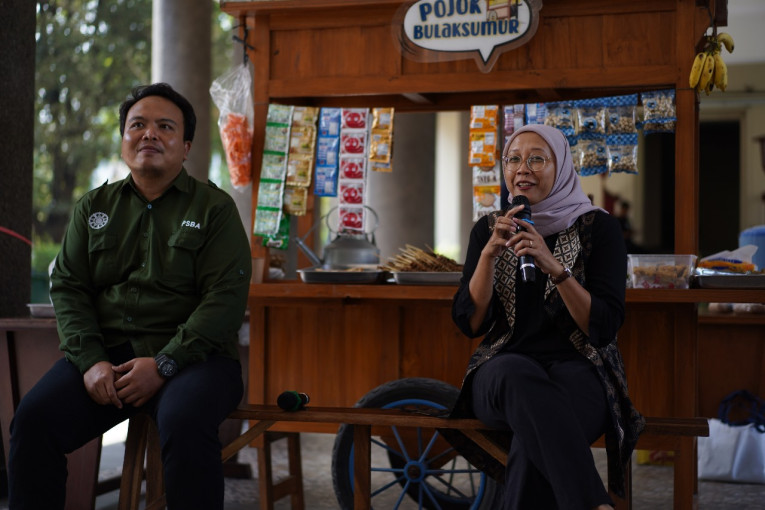
Recently, the issue of a potential megathrust earthquake has been a topic of discussion among the public, with concerns that it could affect nearly all regions of Indonesia.
According to Dr. Gayatri Indah Marliyani, an earthquake expert from UGM Geological Engineering, the threat of a megathrust earthquake and tsunami is always present, but the public should not be overly concerned.
“We cannot avoid the potential for disasters, so efforts to prepare ourselves must be made immediately. Understand your position about the potential disaster. Don’t wait for the disaster to react, but always be prepared,” said Dr. Marliyani during the Pojok Bulaksumur discussion at the UGM Central Office on Thursday (Aug. 22).
Regarding the possible locations of this large earthquake, Dr. Marliyani explained that they are usually around the boundaries of subduction zones between two plates, namely the continental and oceanic plates.
When the plates cannot move, they accumulate increasing amounts of energy, eventually released as a large earthquake, potentially triggering a tsunami. Dr. Marliyani noted that the largest megathrust earthquake ever recorded occurred in the subduction zone in Valdivia, Southern Chile, with a magnitude of 9.5.
In Indonesia, active subduction zones include south of Java Island, stretching from western Sumatra to the Sunda Strait, the eastern part of Java, and south of Lombok Island.
“The megathrust potential in this area is significant due to its historical record, such as the 2004 Aceh earthquake and the 2006 Pangandaran earthquake. Geological data instrumentation is required to determine whether there is a possibility of another earthquake in the area,” she said.
Galih Aries Swastanto, a researcher at UGM’s Center for Disaster Studies (PSBA), emphasized that the government needs to focus on mitigating the megathrust earthquake threat, as outlined in the Disaster Management Law, which states that disaster management is the government’s responsibility and authority.
Swastanto also stressed the importance of government action before, during, and after a disaster. Therefore, educating the public about disaster knowledge and management techniques is also necessary.
“Disaster management services are basic services that must be prioritized alongside other sectors. Whether or not there is a budget, they must be prioritized and pursued,” Swastanto asserted.
He also mentioned that Indonesia’s early warning system is functioning well and capable of integrating various types of disasters for detection. He urged the public to be better prepared and calmer when facing the risk of disasters that can occur at any time.
These two experts recommend that the government and all stakeholders consistently and periodically disseminate disaster knowledge, ensuring that the public remains vigilant but not fearful.
Author: Bolivia
Editor: Gusti Grehenson
Photographer: Firsto

